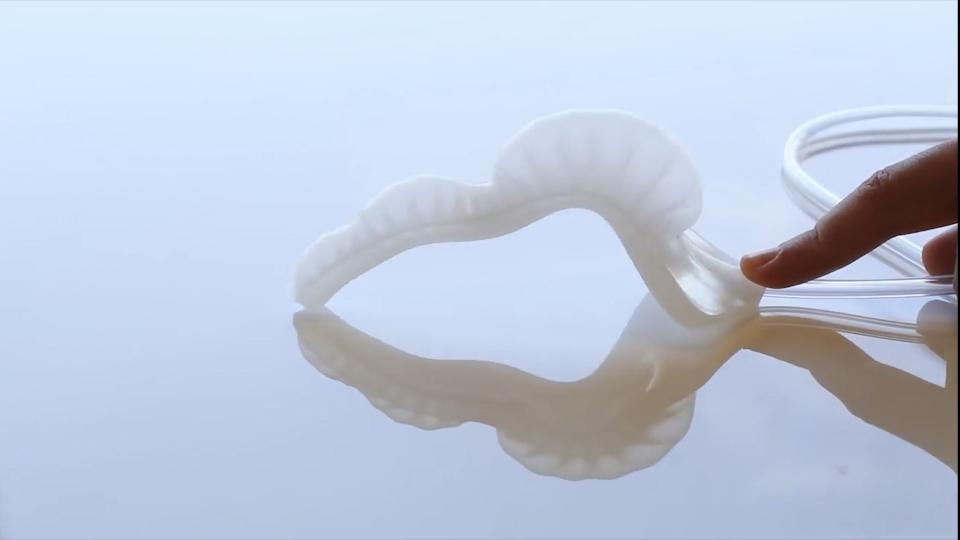NASA study says setting off bombs over Mars isn't the best idea

Remember when Elon Musk said he wanted to nuke Mars?
As he later clarified, the idea was to create two "pulsing suns" over the poles with fusion bombs, which would release trapped carbon dioxide to thicken the atmosphere and warm the planet. Next, people would pack up their belongings, board a spaceship, and touch down on a much more habitable Mars.
SEE ALSO: A 12-mile, underground lake may have been found on Mars. What could live there?
This is called terraforming — altering a planet to make it more like Earth. (Yes, like in Star Trek II: The Wrath of Khan.)
Welp, it looks like that plan has a fatal flaw, according to a NASA-sponsored study published Monday in the journal Nature Astronomy. There just isn't enough carbon dioxide trapped on Mars to make it work.
Right now, liquid water can't form on the surface of Mars. It either freezes or evaporates.
That would change if we could increase the pressure and temperature on Mars. Elon and other smart people figured a runaway greenhouse effect might do the trick, hence the bombs to release CO2 from the polar caps into the Martian atmosphere.
Alas, even if we could release all of the carbon dioxide from the caps, atmospheric pressure would only double to about 1.2 percent that of Earth. If, by some miracle, we could find a way to also release all of the CO2 trapped in the rocks and soil, that would only bring us up to 6.9 percent, according to the study.

Image: NASA
Ultimately, said Bruce Jakosky of the University of Colorado, Boulder, who led the study, "terraforming Mars is not possible using present-day technology."
Of course, that doesn't mean that terraforming Mars is impossible. It simply means we can't do it with the technology we have today.
And we could probably put human beings on Mars in a couple of decades — they would just have to live in enclosed habitats and wear space suits while walking around outside. It wouldn't quite be a second Earth, but it would be a step in the right direction.
WATCH: This 'skin' could be the future of how we live in space


